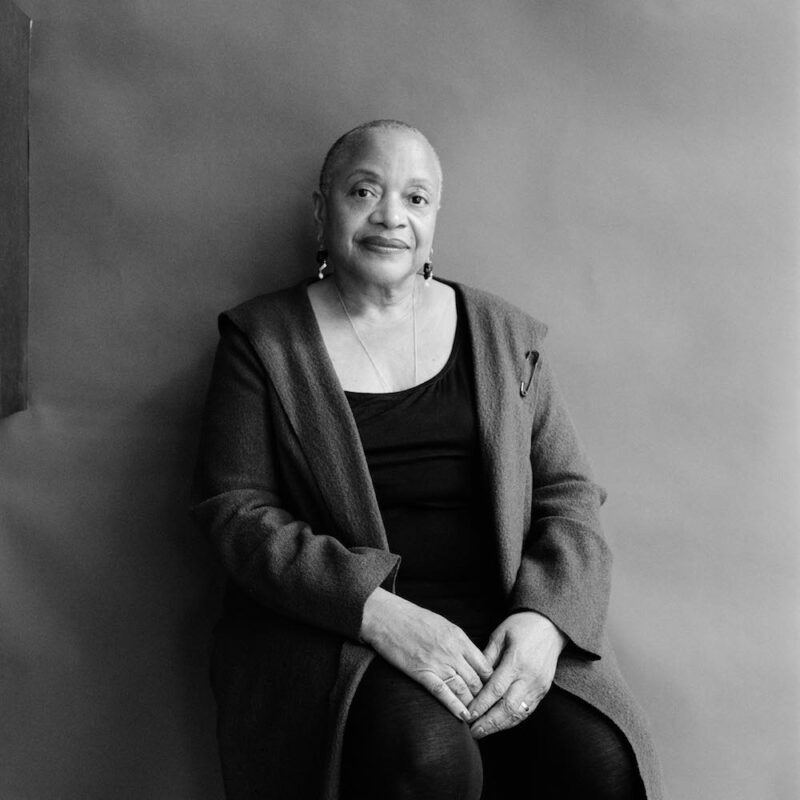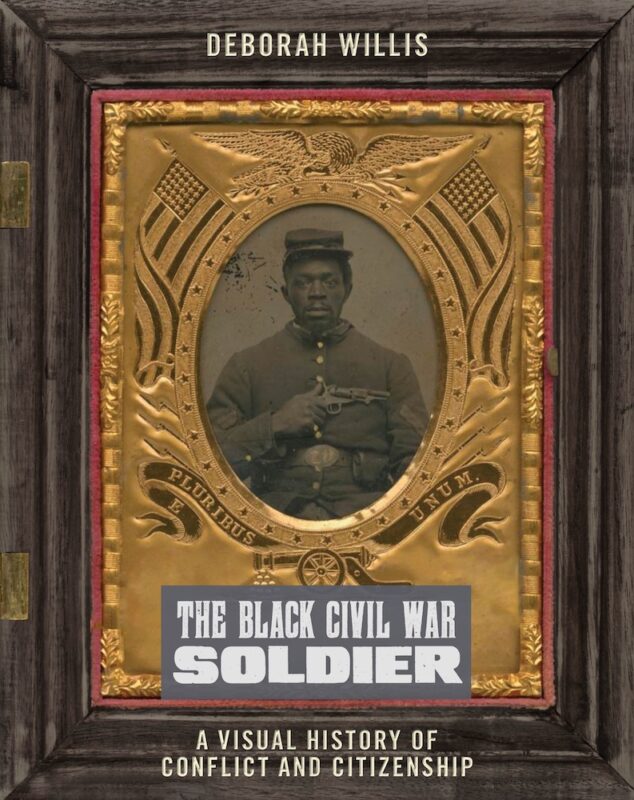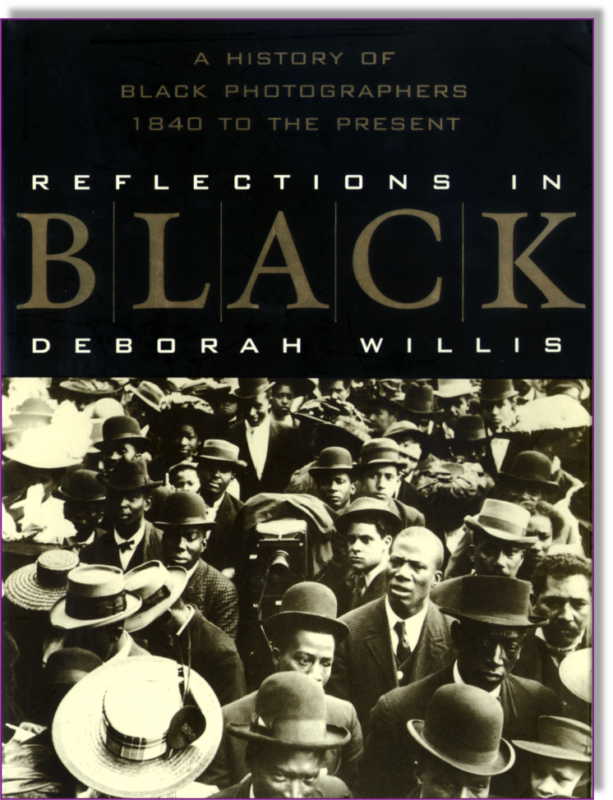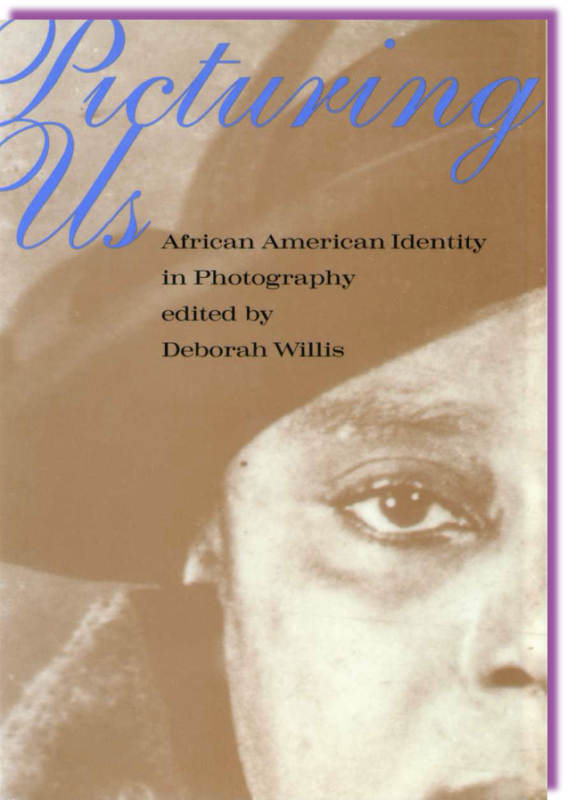Writer Conversations #7
Deborah Willis
Deborah Willis, PhD, is University Professor and Chair of the Department of Photography & Imaging at the Tisch School of the Arts at New York University, US. She is the recipient of the MacArthur Fellowship, a Guggenheim Fellowship and a member of the American Academy of Arts & Sciences. She is the author of The Black Civil War Soldier: A Visual History of Conflict and Citizenship (NYU Press, 2021) and Posing Beauty: African American Images from the 1890s to the Present (W.W. Norton, 2009), amongst others.
Professor Willis’ curated exhibitions include Framing Moments: Photography from the Kalamazoo Institute of Arts (Michigan, US, 2021); Migrations and Meaning(s) in Art (Maryland Institute College of Art, Baltimore, Maryland, US, 2020); Reframing Beauty: Intimate Moments (Indiana University, Bloomington, US, 2016); Out [o] Fashion Photography: Framing Beauty (Henry Art Gallery, Seattle, Washington, US, 2013) and Let Your Motto Be Resistance: African American Portraits (International Center of Photography, New York, 2007).
At what point did you start to write about photographs?
I was introduced to photography at an early age because my dad was obsessed with his Rolleiflex camera and photographed the family often. My mother also had a beauty shop in our house. We had several picture magazines such as Ebony, LOOK, LIFE and JET. I think the epiphany was the culmination of all – family photographs, magazine images and discovery storytelling through photographs and I started writing as an undergraduate student at the Philadelphia College of the Arts in the mid-1970s.
What is your writing process?
No formal process that I see easy to reflect on, but I write in the mornings at daylight and through the afternoon. If I am writing about an artist or photographer, I research online and often connect through interviewing on the telephone. I read reference books that relate to the photographer’s work and, if I am writing about my own work or an archive, I look closely at the works and reflect from memory or an event.
What are the questions or problems that motivate your writing?
I love aspects of storytelling that are personal that respond to joy. As a student, I missed stories that depicted the beauty of black culture and diverse stories of women and work. Ever the student of photography, I continued to notice gaps in relationship to women and their interests in the practice of photography and began asking questions about the multiple identities women and girls perform as they play and work. These are the experiences that motivate me to look at a photograph and begin to read the image from the subject in the foreground to the background… if it is a street scene or images on a wall, I am curious who ‘curated’ the home to allow it to appear safe or welcoming.
Can you say something about your use of different modes of writing and what they have been able to activate within the field, from academic art history to the first-person narratives of Picturing Us (1994)?
Memoir, fiction, historical fiction and free-flow narrative writing are all inspiring to me. What I enjoyed about contacting the diverse group of writers for Picturing Us was the ability to write a cohesive story that reimagined an image on page. It was magical to edit the works and feel the enthusiasm of each contributor as they reconsidered the importance of the visual experiences.
What kind of reader are you?
I am open to all – biographies and mysteries are foremost. I love reading Langston Hughes, Zora Neale Hurston, James Baldwin, Toni Morrison, Amy Tan, Danielle Steele and Agatha Christie all use historical narratives to tell their versions of fictions and aspects of truths.
How significant are theories and histories of photography now that curation is so prominent?
I continue to be inspired by the writings of Stuart Hall and his theories on visual culture. Liz Wells is central to my teaching and remains a go-to source for me as well as art historian Kellie Jones. I am inspired by the way Tina Campt has introduced a theory on ‘listening’ to images and Mark Sealy’s ‘decolonising’ images. These experiences open up a plethora of ways in which one can bear witness to an image or experience. Photography has had a major impact on exposing the racially motivated murders in the 19th to the 21st centuries, the pandemic caused deaths and illnesses and activists striving for change here in the US and globally. Witnessing world events has become a process of self-reflection for me and having the opportunity to consider new photographic narratives about fashion, desire and loss in art journals and international magazines has been the most rewarding experience during the last 18 months.
What qualities do you admire in other writers?
Visualising a moment and translating the experience cogently onto the page. That excites me because it allows me to feel the magic of writing inspired by the imagination.
What texts have influenced you the most?
Toni Morrison wrote: ‘I am a storyteller and therefore an optimist, a firm believer in the ethical bend of the human heart… from my point of view, your life is already artful – waiting, just waiting, for you to make it art.’ I connected to this phrase when I read Morrison and Baldwin. Works by Maaza Mengiste, Robin Kelley, Edwidge Danticat, Okwui Enwezor, Carrie Mae Weems and Gordon Parks continue to influence me.
What is the place of criticality in photography writing now?
The impact of criticality is central to writing on photography at a time when migration, border crossings, memory and identities are being challenged and photographers are processing all these moments and writers are asking questions about notions of home and the significant ways black visual narratives respond to culture, politics and intimacy. The framework of criticality enables us to both reflect and imagine.♦
Further interviews in the Writer Conversations series can be read here.
Click here to order your copy of the book
—
Writer Conversations is edited by Lucy Soutter (University of Westminster) and Duncan Wooldridge (Camberwell College of Arts, University of the Arts London), upon the invitation of Tim Clark (1000 Words and The Institute of Photography, Falmouth University).
Images:
1-Deborah Willis © Jody Rogac
2-Book cover of Deborah Willis, The Black Civil War Soldier: A Visual History of Conflict and Citizenship (NYU Press, 2021)
3-Book cover of Deborah Willis, Reflections in Black: A History of Black Photographers, 1840 to the Present (W.W. Norton, 2000)
4-Book cover of Deborah Willis, Picturing Us: African American Identity in Photography (New Press, 1994)




